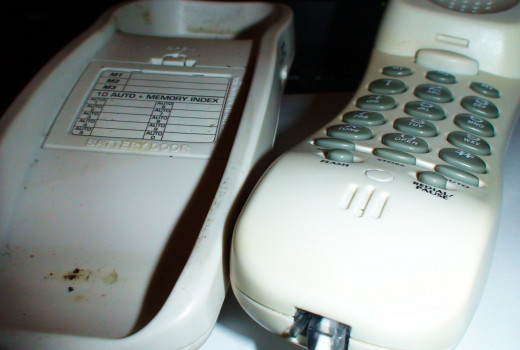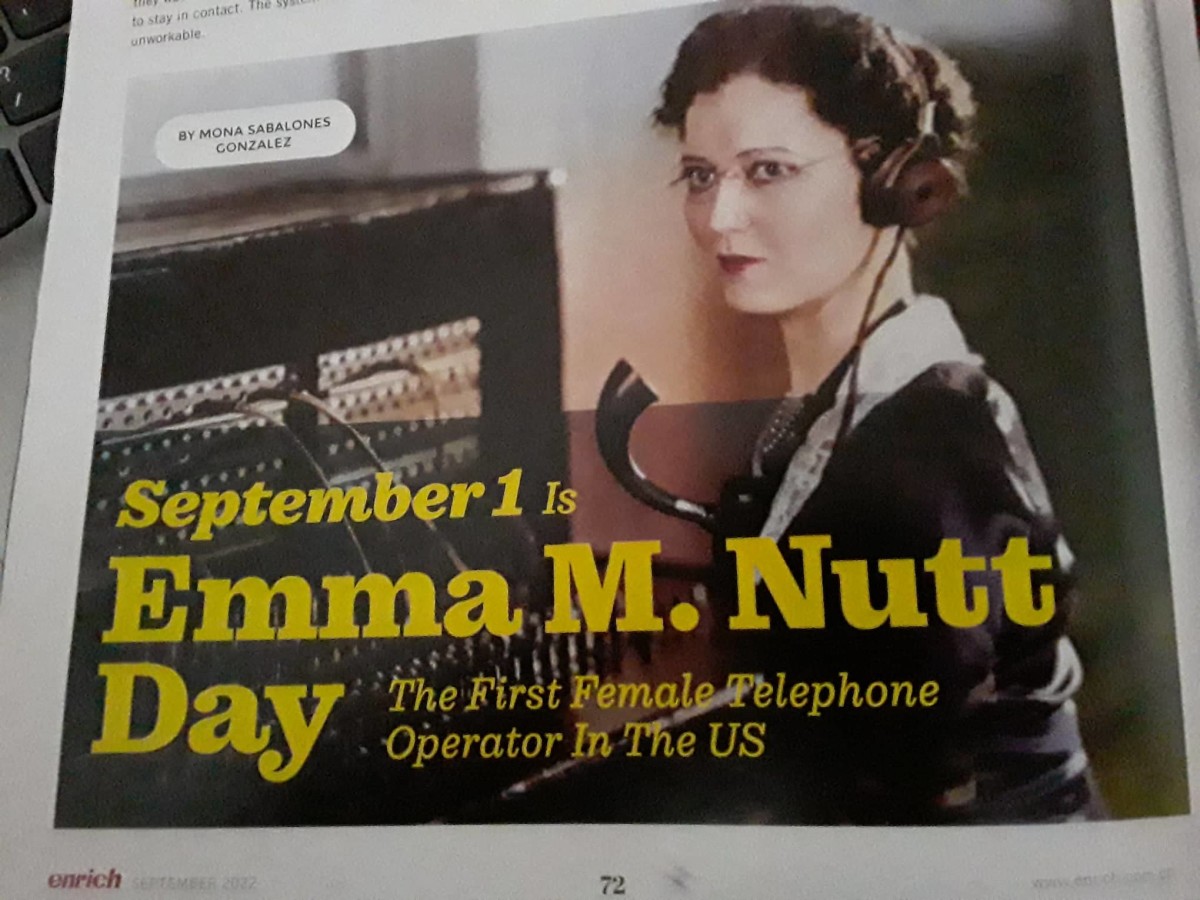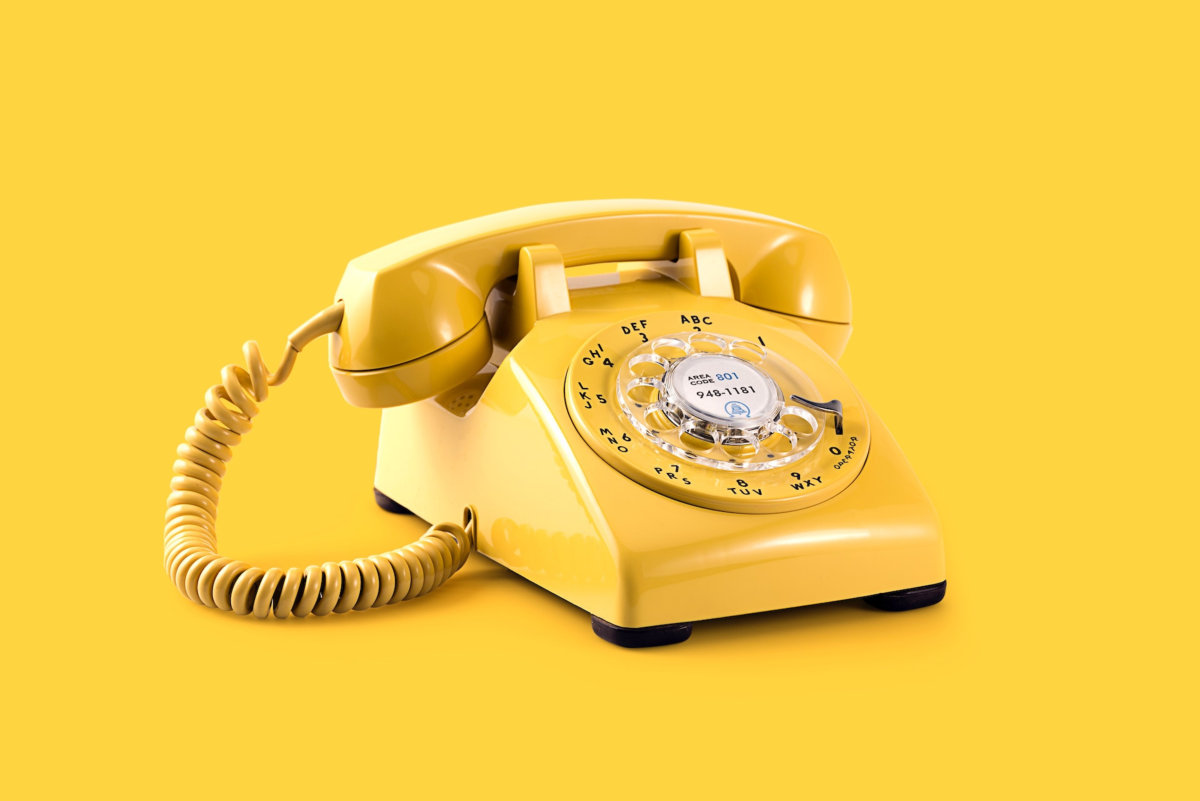What is a Telephone Exchange?

By Joan Whetzel
Since the telephone "went public" there have been telephone exchanges. Whether manual, automatic, or digital, the telephone exchange has made it possible for one phone to connect with another, enabling us to communicate with others, even over long distances. So What is a telephone exchange? And how does it work?
Defining the Telephone Exchange
A telephone exchange, also called a telephone switch, consists of a system of electronics that links telephones so that calls can be completed. A central office houses the inside plant equipment - including the switches, that make phone calls possible. The switches make the connections between telephones and relays the conversations between the phones. Each switch controls the calls to and from a specific exchange area assigned to that switch. The first three digits of a phone number after the area code make up the prefix known as the exchange code (a.k.a. the central office code). Where the area code gets your call into the general area (Houston metro-plex) the exchange code will get you into the neighborhood (a particular subdivision, precinct, or suburb).
History of Telephone Exchange Technology
The telephone exchange has gone through three major phases of development: the manual service exchange, the automatic exchange, and the digital switcher which we use today.
1. Manual Service Exchanges: In the early days of telephones, the customer would lift the receiver off the hook and either ring the operator or simply talk into the speaker, asking the operator to connect the call to the number or person requested by the caller. If the number was in the central office, the operator plugged into a switchboard jack associated with that number. Otherwise, the operator would connect the call to the central office that that held that exchange and asks that operator to complete the call. The operator can tell if a phone is in use or idle by taping the line on the edge the jack. If she heard a click that meant the line the line was already connected in another phone call.
2. Automatic Exchanges (Dial Service): When phones switched to rotary dial, and then push button service, making phone calls became easier. Customers were able to make calls directly to other phones without having to go through an operator. The phone system became computerized which, during the sixties and seventies, meant massive computers that filled rooms. The telephone switch, located in the "brains" of the computer, automatically switched the calls to the proper exchange so that the calls could be completed on the other end. The exchange controlling the call on the receiving end maintained the call as an closed connection until one of the parties hung up.
3. Digital Switches: As cell phones came into use in the 1980s, and cell phone towers were erected to relay the calls, the telephone exchange system entered a new era of phone switching service. Digital switches began connecting the calls using digital circuits based on the phone number dialed. A signaling protocol programmed into the circuits makes the determination as to which switches are needed to complete the call. Digital switches encode the spoken messages on the calling end. Once the message reaches the receiving end, digital switches reverse the encoding process, thereby producing the spoken message into the phone of the person receiving the call. The delay between the message sent by the speaker and the phone receiving that message is usually so minute as to be barely perceptible. So technically, it's not a "live" conversation in the purest sense of the word, but it's as close as you can get.
Identifying the Phone Exchange for a Phone Number
Phone exchanges are stored in a database for all US and Canadian phone numbers. To determine where a phone call originated and where a phone call was made to, only six numbers are needed; the three-digit area code and the three-digit telephone exchange. This information narrows down both ends of the phone call to the name of the city and the state or province, as well as the current time that the call occurred in the location where it originated. Using the phone number for the City of Houston Service Center --- 713-837-0311 --- "713" is one of the area codes for Houston, "837" is the telephone exchange for the area (in the case of large cities like Houston, it may be for a specific building), an "0311" goes to a specific phone or group of phones (if the number has a roll-over service so that more than one person can take calls for that number).
North American NPA NXX Databases (http://npanxxworld.com/ ) has lists of area code and exchange prefix data at a cost for those who need to obtain large amounts of data, or for free if you are only looking up one phone number.
Telecommunications Database (http://www.telcodata.us/search-area-code-exchange-detail ) allows anyone to type in the area code and exchange code and find out where a phone is located and the company providing service to that phone number. It will even connect you to a map (via a highlighted link) to a map of phones using that area code and telephone exchange code combination. This is convenient if you need to narrow down a location for a specific phone number.
Resources
Wikipedia. Telephone Exchange.
http://en.wikipedia.org/wiki/Private_Integrated_Services_Network#Digital_switches
PC Share Ware Inc. The Phone Exchange.
http://www.pcshareware.com/phonex.htm
Bob's Old Phone. The Telephone Exchange or Central Office.
http://www.bobsoldphones.net/Pages/Telephone%20Exchange/TelephoneExchange.htm








